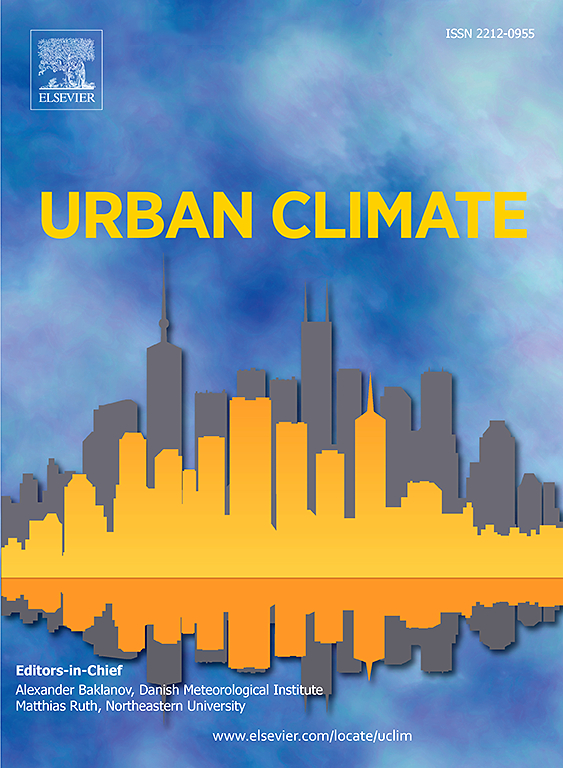End-to-end deep learning for pollutant prediction using street view images
IF 6
2区 工程技术
Q1 ENVIRONMENTAL SCIENCES
引用次数: 0
Abstract
Urban outdoor air pollution poses significant threats to public health, underscoring the need for accurate pollutant concentration estimation. This study presents an innovative end-to-end pollutant prediction model (E2EPPM) that directly predicts pollutant levels from street-level imagery. To the best of our knowledge, the model is the first to achieve pollutant concentration estimation at the street scale solely based on street-view images collected through mobile monitoring. The framework comprises three stages: feature extraction from image sequences, temporal feature extraction across sequences, and pollutant concentration fitting based on the Kolmogorov-Arnold theorem. E2EPPM was evaluated using datasets and street-view images from Augsburg, Beijing, and Hotan, focusing on particulate matter (PM1.0, PM2.5, PM10, particle number concentration (PNC), lung-deposited surface area (LDSA), ultraviolet PM (UVPM), black carbon (BC), and brown carbon (BrC)) and four gaseous pollutants (CO, NH3, SO2, O3). The model achieved over 90 % explanatory power for all pollutants. Ablation experiments demonstrated its effectiveness, while SHAP analysis identified vegetation, buildings, sky, and vehicles as the most significant contributors to pollutant levels. E2EPPM offers a robust approach for urban air quality assessment, providing actionable insights for urban planning and pollution exposure evaluation.
求助全文
约1分钟内获得全文
求助全文
来源期刊

Urban Climate
Social Sciences-Urban Studies
CiteScore
9.70
自引率
9.40%
发文量
286
期刊介绍:
Urban Climate serves the scientific and decision making communities with the publication of research on theory, science and applications relevant to understanding urban climatic conditions and change in relation to their geography and to demographic, socioeconomic, institutional, technological and environmental dynamics and global change. Targeted towards both disciplinary and interdisciplinary audiences, this journal publishes original research papers, comprehensive review articles, book reviews, and short communications on topics including, but not limited to, the following:
Urban meteorology and climate[...]
Urban environmental pollution[...]
Adaptation to global change[...]
Urban economic and social issues[...]
Research Approaches[...]
 求助内容:
求助内容: 应助结果提醒方式:
应助结果提醒方式:


